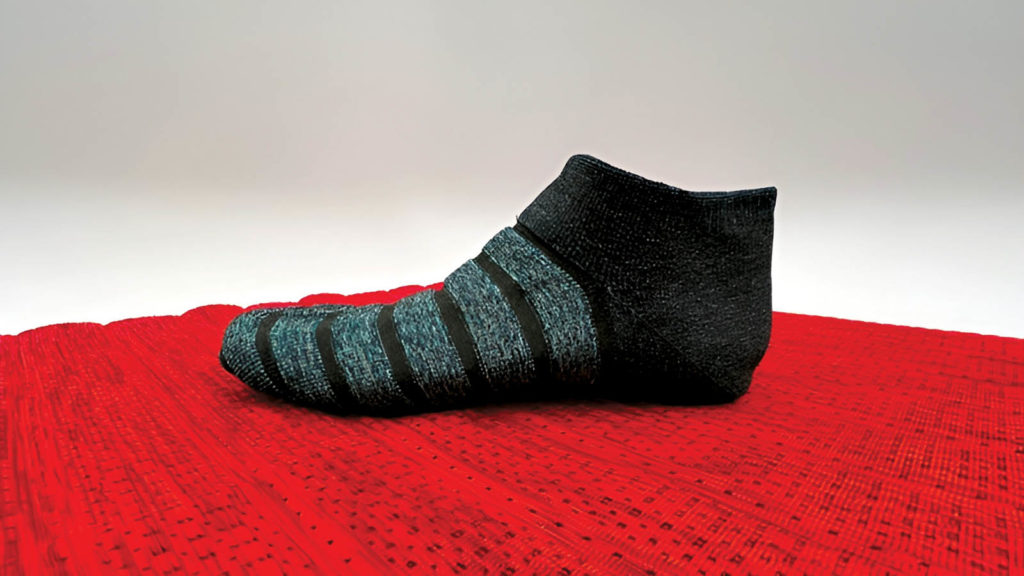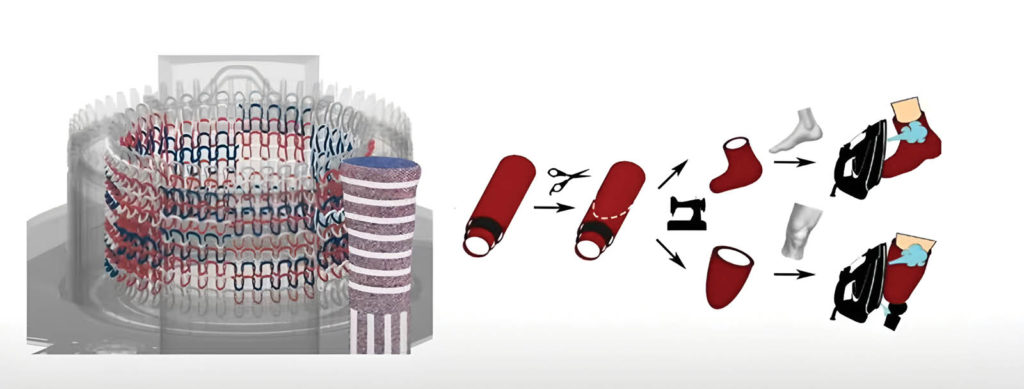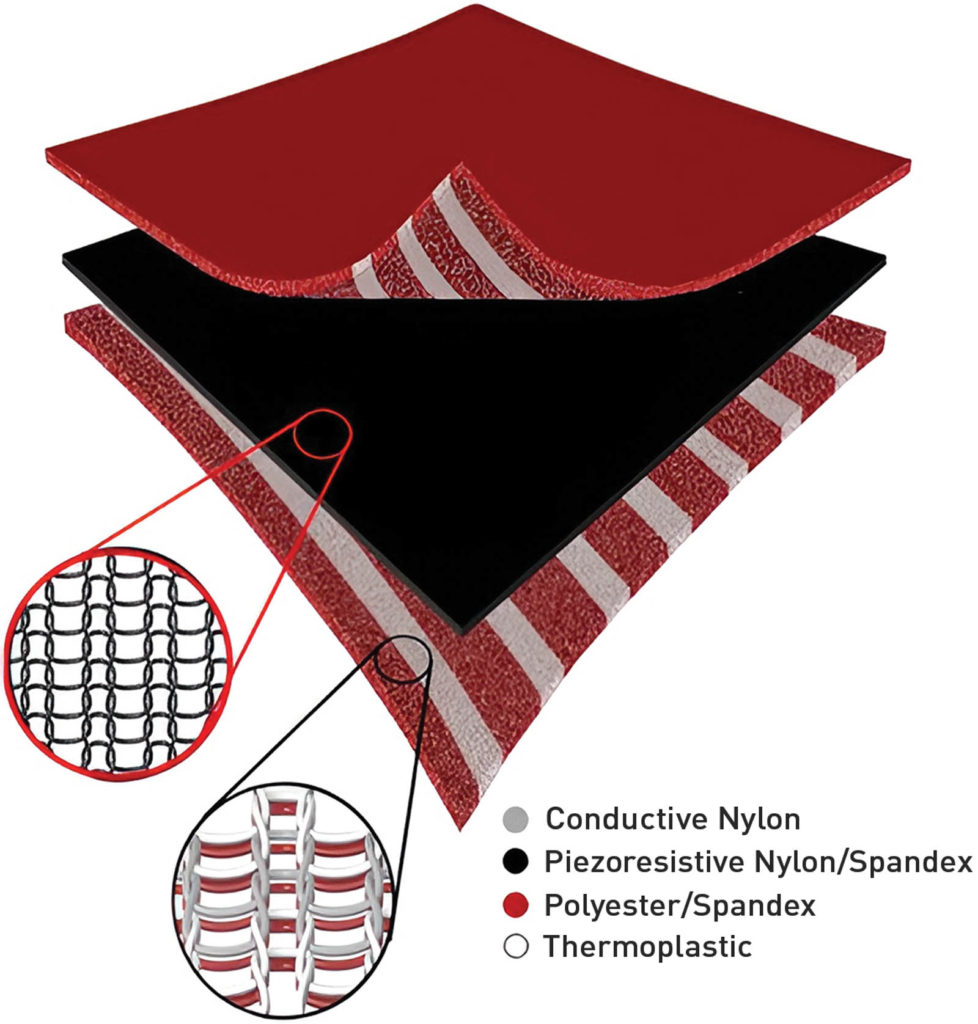
Researchers at the Massachusetts Institute of Technology (MIT) have come up with a novel fabrication process to produce smart textiles that can snugly conform to physical requirements by sensing the posture and motion of the wearer. By incorporating a special type of plastic yarn and using heat to slightly melt it—a process called thermoforming—the researchers were able to greatly improve the precision of pressure sensors woven into multilayered knit textiles, which they call 3DKnITS.
They used this process to create a “smart” shoe and mat and then built a hardware and software system to measure and interpret data from the pressure sensors in real time. The machine-learning system predicted motions and yoga poses performed by an individual standing on the smart textile mat with about 99% accuracy.

Their fabrication process, which takes advantage of digital knitting technology, enables rapid prototyping and can be easily scaled up for large-scale manufacturing, says Irmandy Wicaksono, a research assistant in the MIT Media Lab.
The technique could have many applications, especially in health care and rehabilitation. For example, it could be used to produce smart shoes that track the gait of someone who is learning to walk again after an injury, or socks that monitor pressure on a diabetic patient’s foot to prevent the formation of ulcers.

“With digital knitting, you have this freedom to design your own patterns and also integrate sensors within the structure itself, so it becomes seamless and comfortable, and you can develop it based on the shape of your body,” Wicaksono says.
The manufacturing process uses a digital knitting machine that weaves together layers of fabric with rows of standard and functional yarn. The multilayer knit textile is composed of two layers of conductive yarn knit sandwiched around a piezoresistive knit, which changes its resistance when squeezed. Researchers used a circular knitting machine to create a form-fitted smart textile shoe with 96 pressure-sensing points spread across the entire 3D textile.
 TEXTILES.ORG
TEXTILES.ORG


